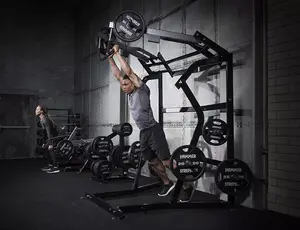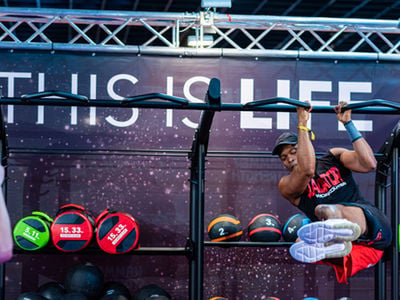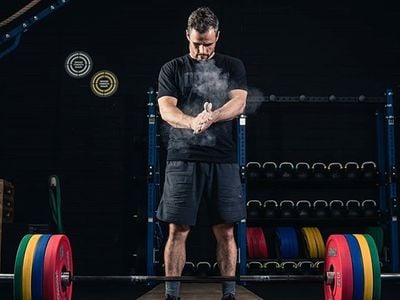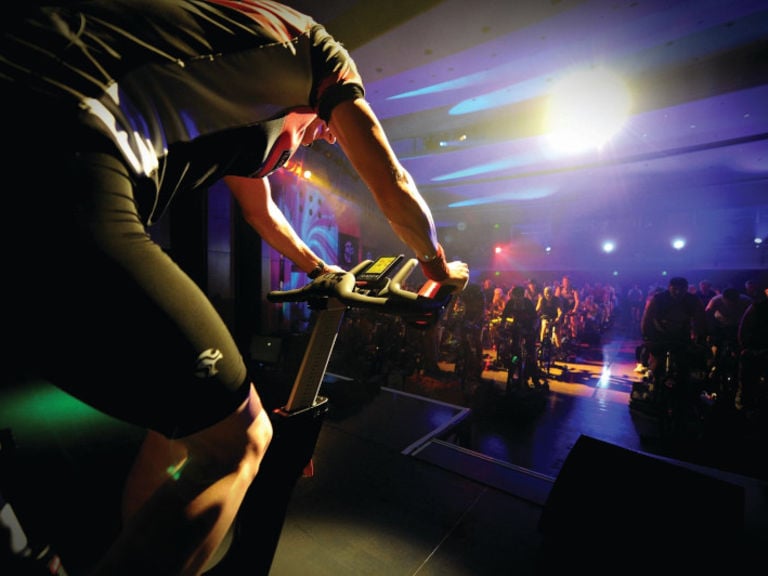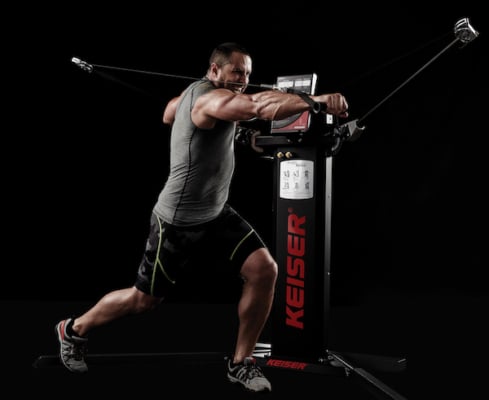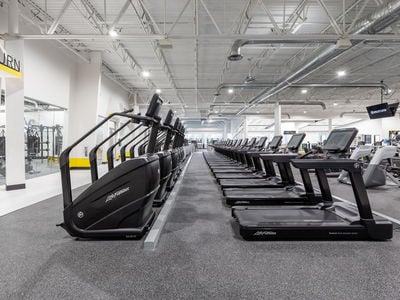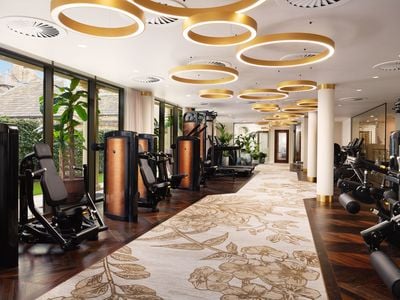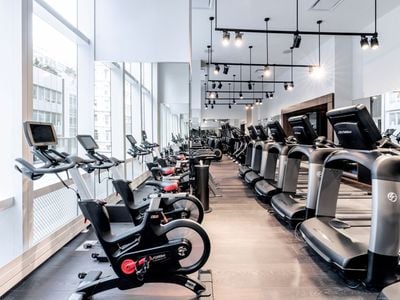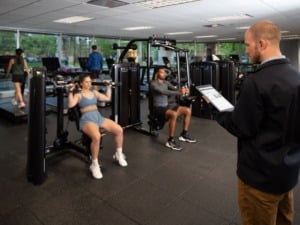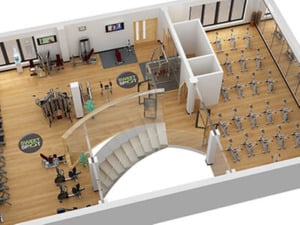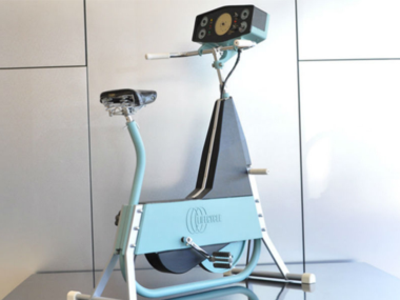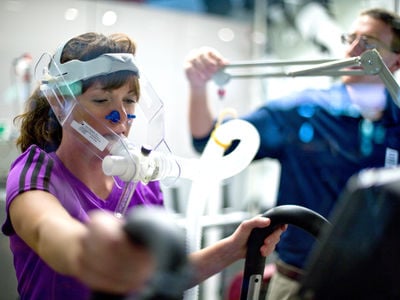Circuit training combines strength and cardiovascular exercises in a fast-paced, efficient workout format. This approach appeals to exercisers with busy schedules and a desire for balanced fitness, allowing them to maximise results with time-efficient training. With carefully designed circuits, members can achieve total-body conditioning, improve endurance and burn calories effectively.
Here’s how a circuit training setup can transform your members’ experience and, by extension, your facility’s success!
Key benefits of circuit training for your facility
As a health club or facility owner, creating an effective circuit training setup is an investment in the success of both your members and your business. When exercisers see serious results, they’re more likely to return, breathing life and energy into your facility.
Here are some of the circuit workout benefits for both your facility and members:
- Enhanced member engagement and retention — A well-structured circuit training setup fosters a sense of community, motivating members as they work side-by-side, regardless of their fitness level.
This shared experience boosts personal achievement, with each circuit completed bringing a real sense of pride. Circuit training’s mix of exercises keeps things interesting and challenging, making workouts feel fresh and helping members avoid burnout or hitting plateaus. - Efficient use of space and equipment — A thoughtfully planned fitness circuit design allows efficient use of your gym floor, welcoming a larger number of users within a limited space. With minimal downtime between stations, circuits facilitate a continuous rotation of members and reduce wait times for equipment, making training sessions smoother and community-oriented.
- Improved revenue potential — By adding circuit-based classes or programs, facilities can attract new members, sparking excitement and creating a compelling value proposition. With structured circuit workout benefits designed for those with varying fitness goals, you can also develop targeted memberships, further boosting your value and revenue.
5 steps to help you create a high-impact circuit training setup
Developing an effective circuit training routine takes thoughtful planning to ensure each station hits different muscle groups, meets members’ fitness goals and makes the best use of available equipment.
1. Understand your audience
Start by identifying the key demographics within your facility. For example, if you serve a higher percentage of beginners, focus on accessible and low-impact equipment, such as stationary bikes and light dumbbells. For a more experienced crowd, incorporate functional strength equipment along with high-intensity options.
2. Choose the right equipment
The equipment you select will determine the quality and versatility of your circuit. Each piece should serve multiple functions to support both strength and cardio.
Consider incorporating the following:
- Free weights and dumbbells — Essential for strength training stations, dumbbells and kettlebells enable members to target specific muscle groups.
- Stationary bikes — Great for a cardio boost in the circuit, exercise bikes offer a low-impact aerobic exercise that can accommodate users with varying fitness backgrounds.
- Rowing machines — For total-body cardio, rowing machines engage multiple muscle groups and can help improve endurance, burn calories and develop core strength.
- Benches — Adjustable benches support a wide range of exercises, from strength training to plyometrics.
Each station’s equipment should be accessible and easily adjustable to suit different fitness levels, ensuring inclusivity in your fitness circuit design.
3. Plan the exercise flow
To create a balanced circuit, plan a sequence that alternates between upper body, lower body and cardio or core exercises. This approach allows members to recover different muscle groups as they transition between stations, preventing fatigue and maintaining a high energy level throughout the circuit.
A sample layout could look like this:
Station 1: Dumbbell squats (lower body)
Station 2: Push-ups or bench presses (upper body)
Station 3: Stationary bike (cardio)
Station 4: Dumbbell rows (upper body)
Station 5: Lunges or step-ups (lower body)
Station 6: Rowing machine (full-body cardio)
This arrangement alternates between strength and cardio, giving members a comprehensive workout that targets multiple muscle groups and keeps them moving.
4. Set the duration and repetitions
Timing is key in circuit training. For most circuits, 30-45 seconds per station with 15-20 seconds of transition time works well. Beginners may start with 30 seconds of work and longer rests, while advanced members can aim for longer, higher-intensity intervals with heavier weights or higher reps. Encourage members to push their limits while maintaining proper form for safety, maximising circuit workout benefits.
5. Encourage progression and variation
While a consistent routine is essential for improvement, switching up exercises periodically is vital for engagement and overall fitness progression. Consider adding new equipment or changing the workout structure to incorporate HIIT (High-Intensity Interval Training) elements. Regularly refreshing the routine keeps members motivated and challenged, fostering long-term engagement.
Shop at Life Fitness to help you build your next fitness circuit design
With a thoughtfully crafted circuit setup, you can create a compelling experience that your members will love. Explore our range at Life Fitness for top-of-the-line equipment, from free weights and accessories to stationary bikes, rowers and benches. Our fitness equipment is designed with durability and user experience in mind, making them a top choice for any professional fitness circuit design.
Are you ready to build your facility’s next circuit training setup? Contact us to learn more about how Life Fitness can support your journey to a thriving, dynamic fitness environment!

